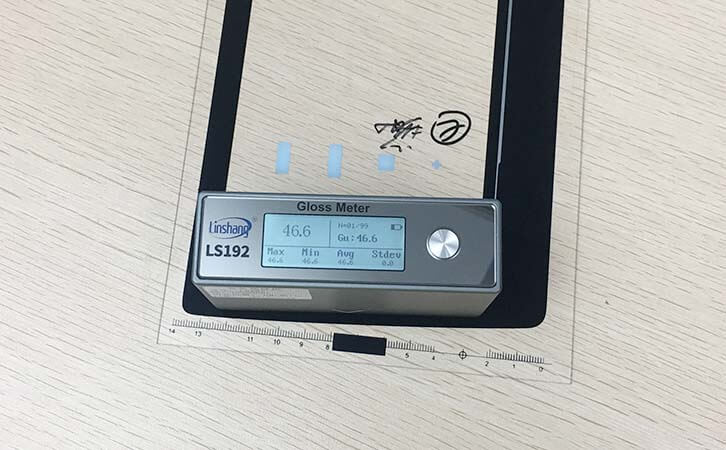What Factors of the Ink Will Affect the Printing Gloss?
The ink factors that affect the gloss of printed matter are mainly the smoothness of the ink film, which is determined by the nature and quantity of the binder. The ink should contain finely dispersed pigments and have sufficient viscosity and fast drying speed to avoid excessive penetration of binder into the pores of the paper. In addition, the ink should have good fluidity in order to form a smooth ink film after printing.
1. Factors affecting ink gloss
(1) Ink film thickness
After the paper has absorbed the binder of the ink to the maximum, the remaining binder remains in the ink film, which can effectively improve the gloss of the printed matter. The thicker the ink film, the more linking material remaining, which is more conducive to improving the gloss of the printed matter. Gloss increases with the thickness of the ink film. Although the ink is the same, the gloss of printed matter formed by different papers varies with the thickness of the ink film. When the ink film of the high-gloss coating is thin, the gloss of the print decreases with the increase of the thickness of the ink film. This is because the ink film masks the original high gloss of the paper itself and the gloss formed by the ink film itself is absorbed by the paper. With the gradual increase of the ink film thickness, after the paper's absorption of the binder is basically saturated, the surface retains the binder and the gloss continues to increase. The gloss of coated paperboard printed matter increases rapidly with the increase of ink film thickness. After the ink film thickness increases to 3.8 μm, the gloss will no longer increase with the increase of ink film thickness.
(2) Ink flowability
The fluidity of the ink is too large, the dots increase, the size of the print is enlarged, the ink layer becomes thin, and the printing gloss is poor; the ink fluidity is too small, the gloss is high, the ink is not easy to transfer and it is not good for printing. Therefore, in order to obtain better gloss, the fluidity of the ink should be controlled.
(3) Ink Leveling
In the printing process, if the leveling of the ink is good, the gloss is good; if the leveling is poor and the silk is easy to draw, the gloss is poor.
(4) Content of Pigment in Ink
The pigment content of the ink is high and a large number of fine capillaries can be formed in the ink film. The ability of these large capillaries to retain the binder is much greater than the ability of the fiber gaps on the paper surface to absorb the binder. Therefore, compared with inks with low pigment content, inks with high pigment content can retain more binder in the ink film.
(5)Transparency of Ink
After the ink with high transparency forms the ink film, part of the incident light is reflected by the surface of the ink film. The other part reaches the surface of the paper and is reflected again to form two color filters. This complex reflection enriches the effect of color and luster; Formed by opaque pigments ink film, its gloss is only obtained from the surface reflection, the gloss effect is definitely not as good as transparent ink.
2. Ink gloss measurement
To measure the specific gloss of ink, you can use Linshang gloss meter to measure. Linshang is a professional gloss meter manufacturer. At the same time, Linshang LS192 is also a multifunctional gloss meter. The LS192 gloss meter has an automatic measurement function. . When you need to test the uniformity of a gloss meter for a piece of material, you only need to place the instrument on the measured position of the material, no need to press the button, where to measure it; and the maximum and minimum values of the measured data can be automatically calculated on the display interface. Value, mean, and standard deviation. There is no need to connect a computer to view the data, and the uniformity of the gloss of the material is clear at a glance.
